Philippines In The 1950s – The Way We Were: Rare Color Photos of the Philippines in the 1950s.
How time quickly fly never fails to fascinate me. My mom was fresh out of her mother’s womb in 1956, but now she’s already a grandma celebrating her 60th year on earth.
For millenials like me, the 1950s is a decade we only hear from stories or see in “throwback” videos on Facebook. And based on the stuff we’ve been exposed to so far, it’s a time when the country was relatively more peaceful, progressive, and simple. In other words, we’re in a far worse condition right now.
History buffs, meanwhile, look at the 1950s with the same sense of nostalgia. It’s the decade when Filipinos joined the Korean War, when the great Ramon Magsaysay had a short-lived presidency, and when matinee idol Rogelio de la Rosa reached the pinnacle of his career.
But for someone who is really intrigued by the 1950s, what I need are more than stories and facts. I want to see proof that shows what it’s really like to live during those years, and how things have really changed since then. Well, I did my own research, and the things I’ve discovered so far are more than what I bargained for: Rare, candid color photos of the 1950s Philippines you’ve probably never seen before.
Philippines, from the lens of a 1950s photographer.
In 1951, Marc Riboud left his job as a research engineer to pursue his passion in photography. He was already working as a freelancer when in 1953, the co-operative photographic agency Magnum came knocking at his door. Since then, the French photographer had traveled Europe and several Asian counties to take snapshots of their different cultures.
Although he is best known for his stirring photos of the Vietnam War and Cultural Revolution in China, Riboud also visited the Philippines in 1958 and used his talent to preserve a lot of memories. Some of these candid shots featured people from all walks of life and classes–from the late President Carlos P. Garcia to ordinary folks doing ordinary things.
Riboud served as Magnum’s vice-president, president, and chairman of the board. He retired in 1979, but the agency still maintains his archives.
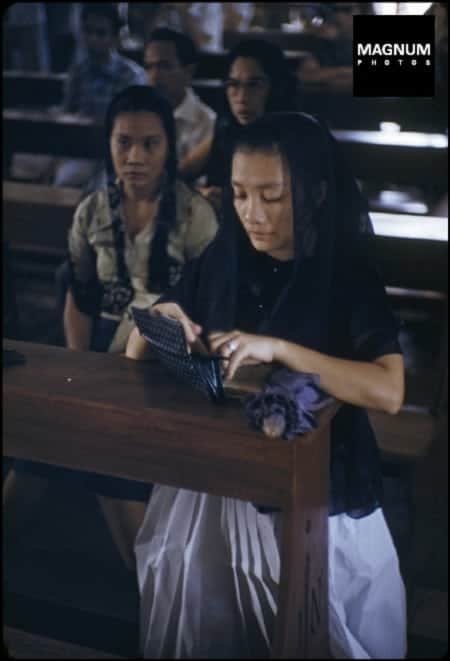
© Marc Riboud/Magnum Photos
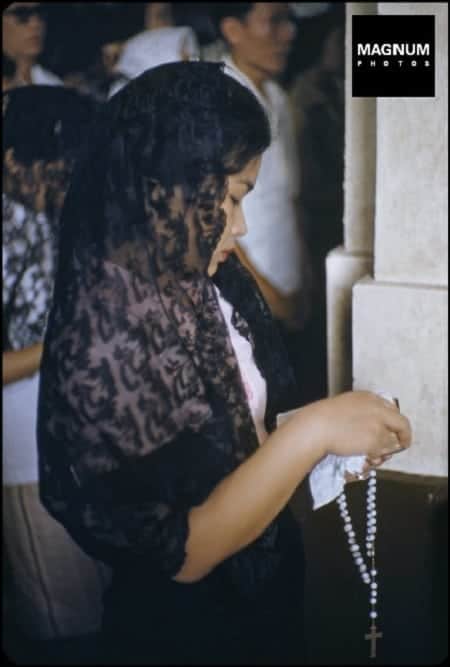
© Marc Riboud/Magnum Photos
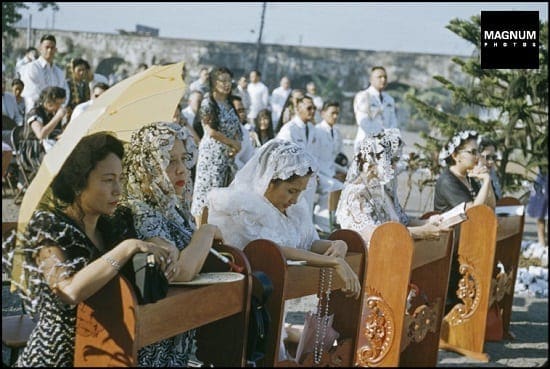
© Marc Riboud/Magnum Photos
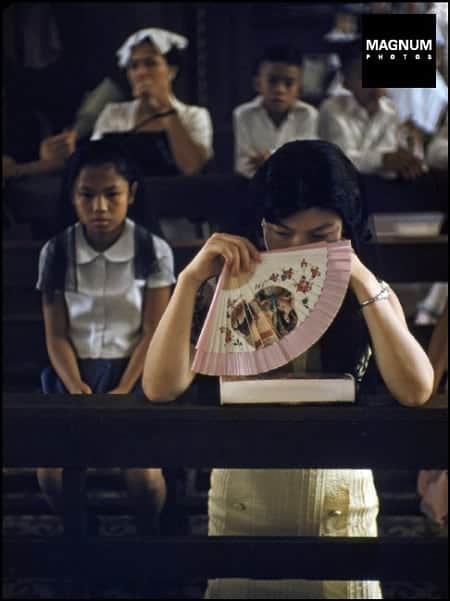
© Marc Riboud/Magnum Photos
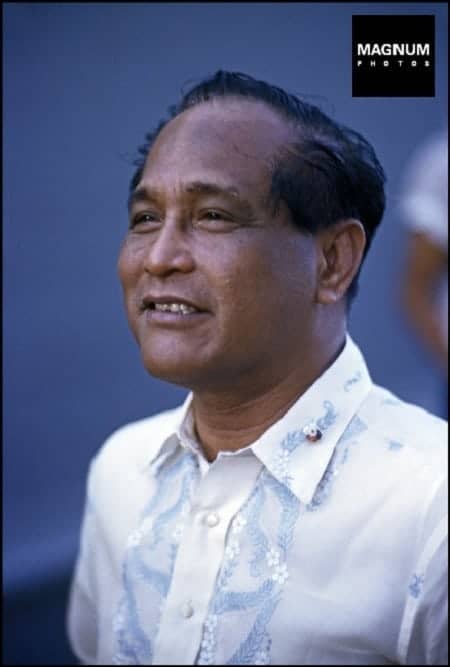
© Marc Riboud/Magnum Photos
.
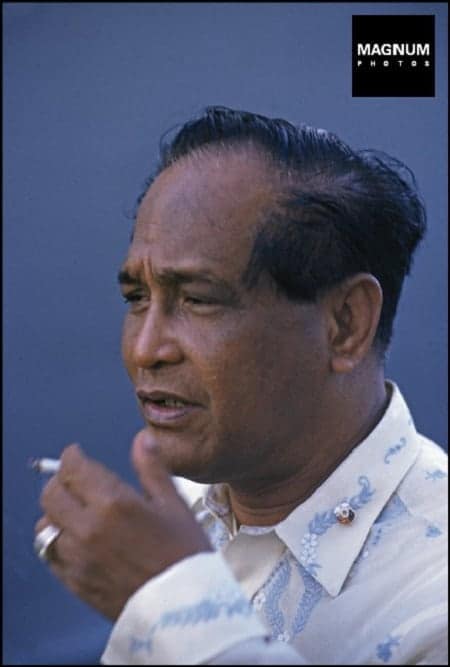
© Marc Riboud/Magnum Photos
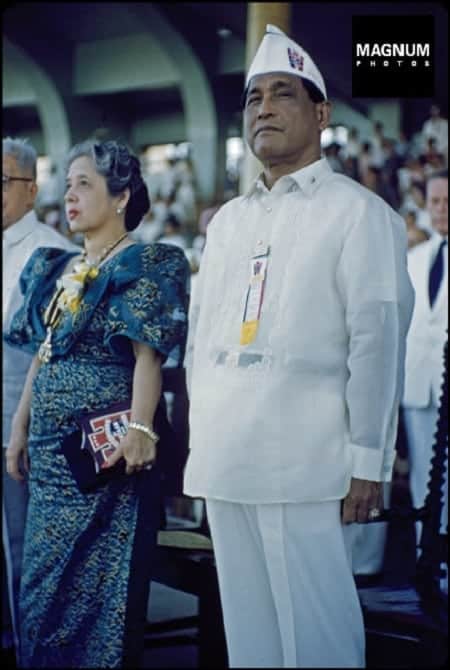
© Marc Riboud/Magnum Photos
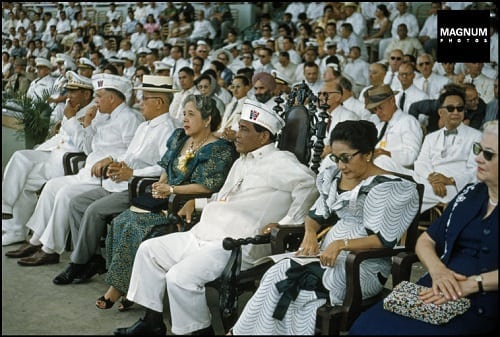
© Marc Riboud/Magnum Photos
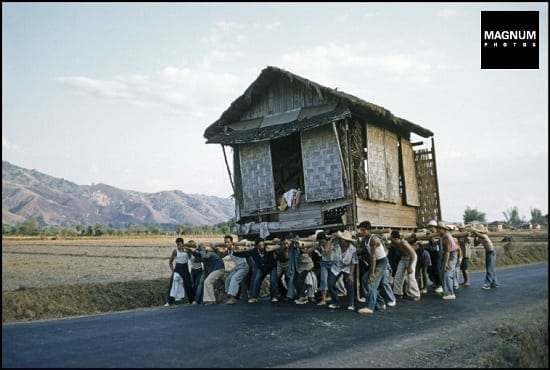
© Marc Riboud/Magnum Photos
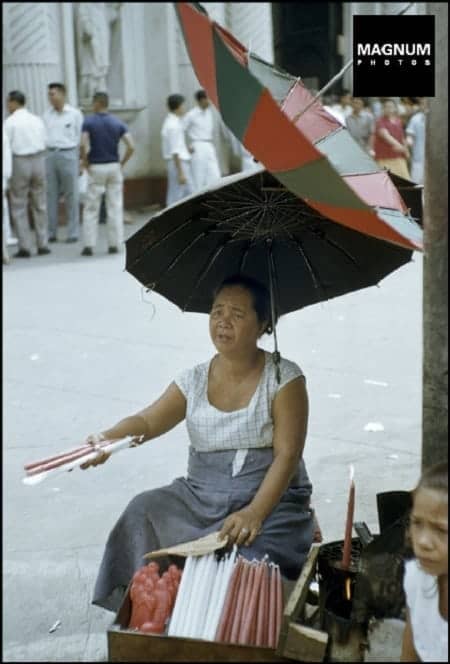
© Marc Riboud/Magnum Photos
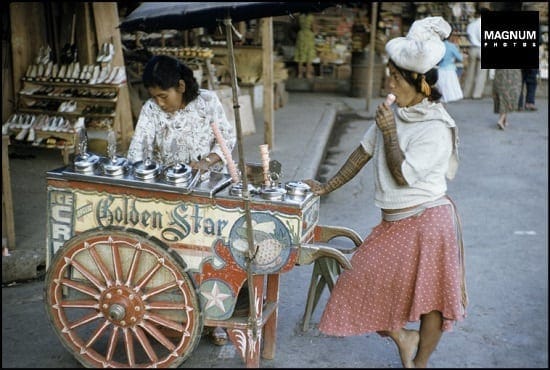
© Marc Riboud/Magnum Photos
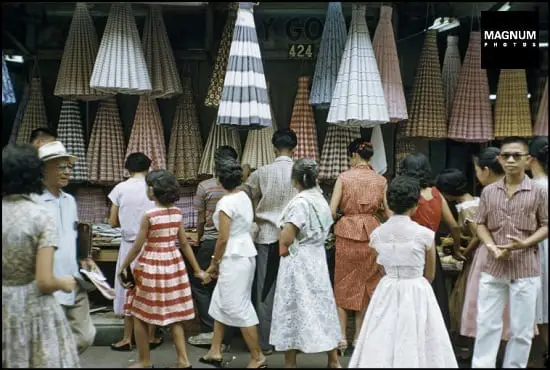
© Marc Riboud/Magnum Photos
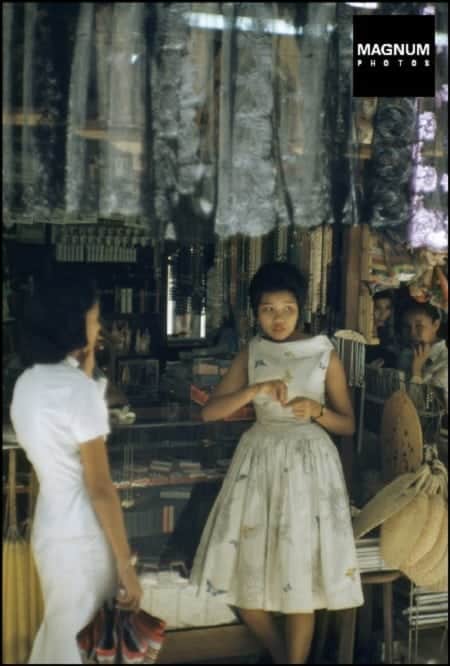
© Marc Riboud/Magnum Photos
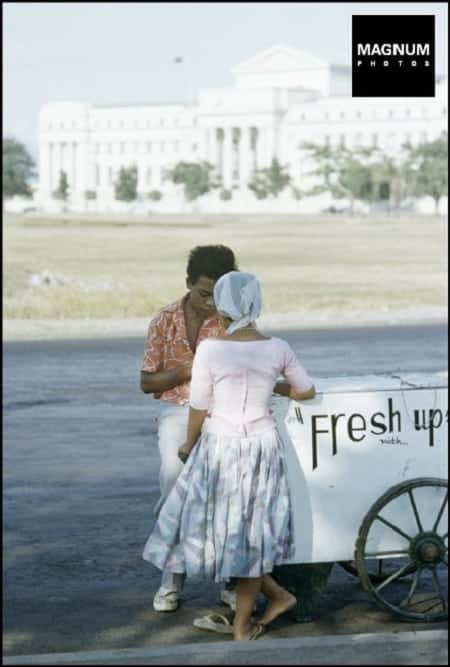
© Marc Riboud/Magnum Photos
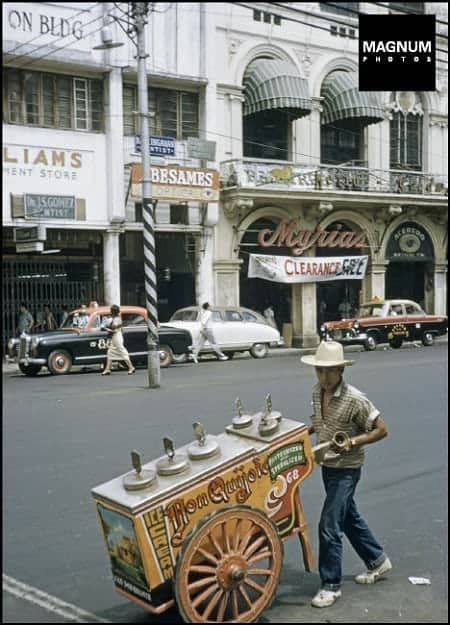
© Marc Riboud/Magnum Photos
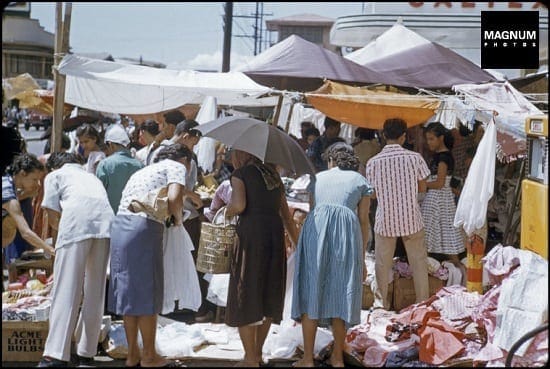
© Marc Riboud/Magnum Photos
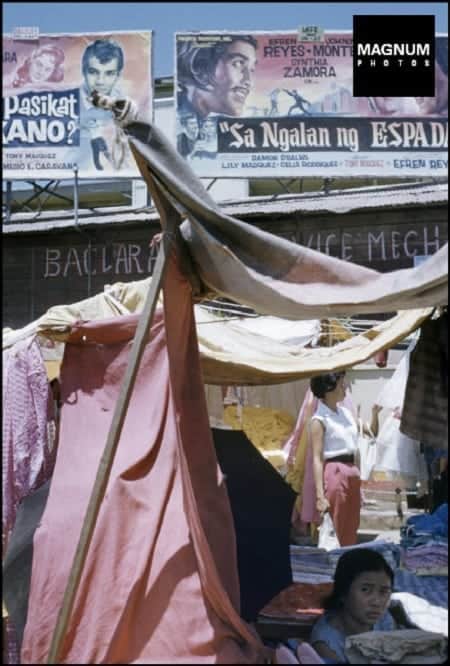
© Marc Riboud/Magnum Photos
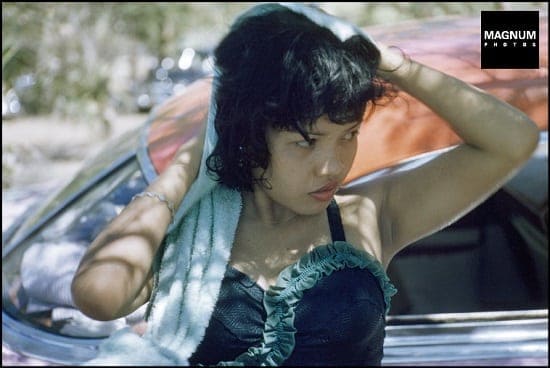
© Marc Riboud/Magnum Photos
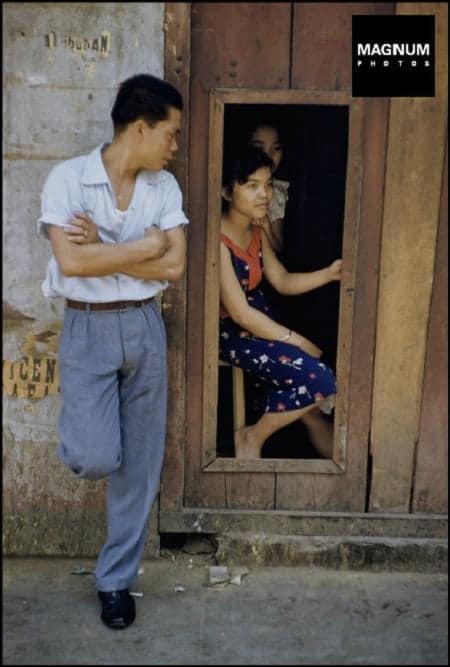
© Marc Riboud/Magnum Photos
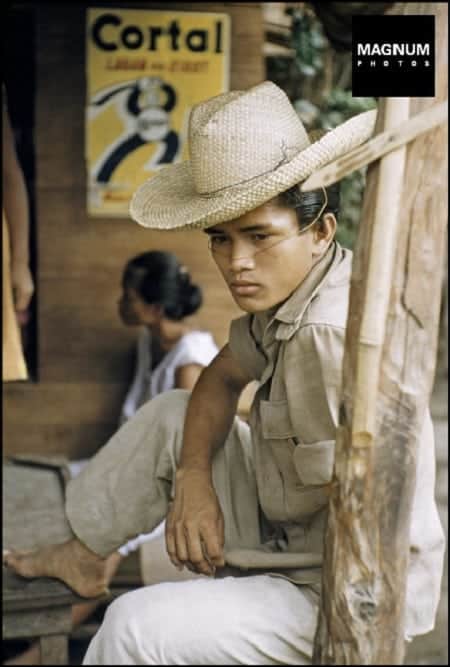
© Marc Riboud/Magnum Photos
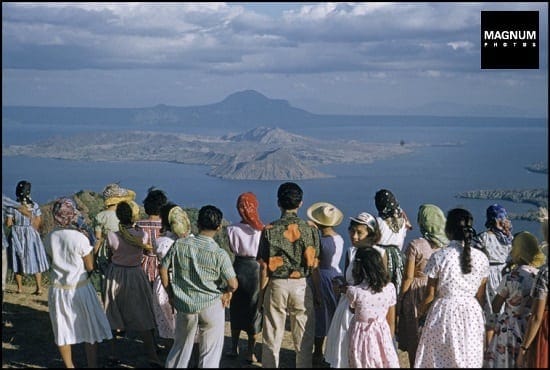
© Marc Riboud/Magnum Photos
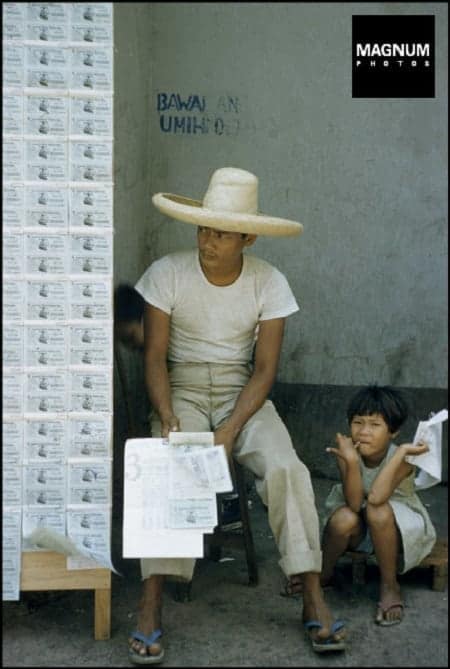
© Marc Riboud/Magnum Photos
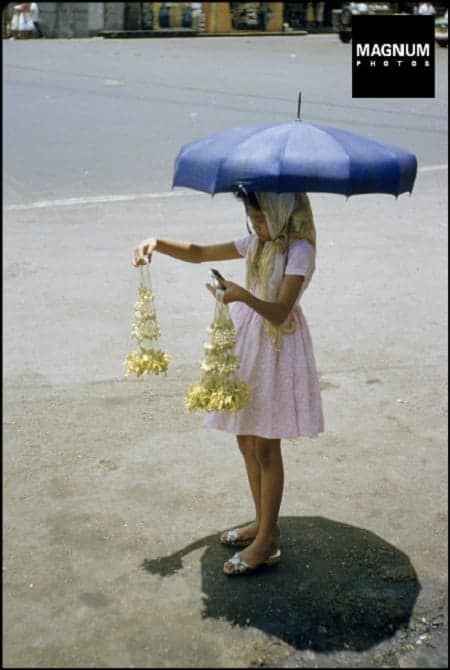
© Marc Riboud/Magnum Photos
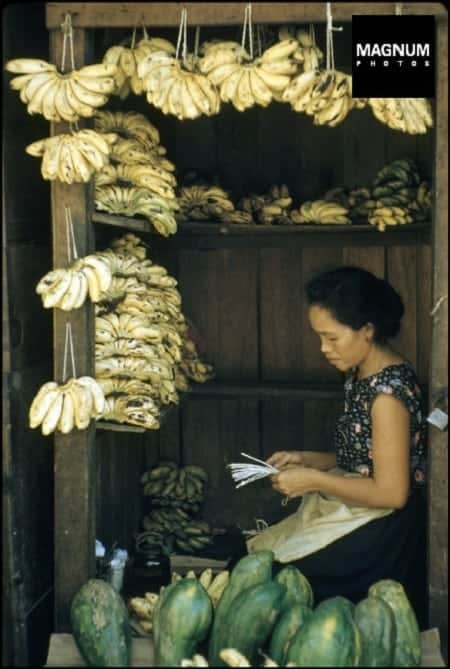
© Marc Riboud/Magnum Photos
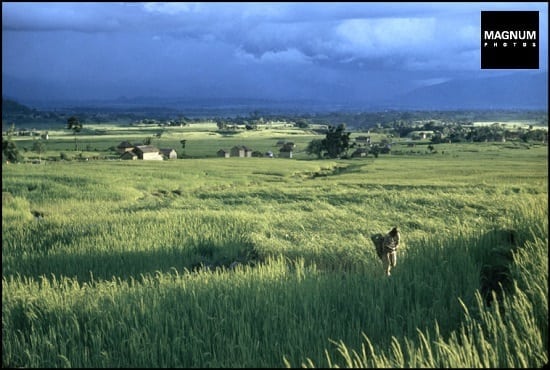
© Marc Riboud/Magnum Photos
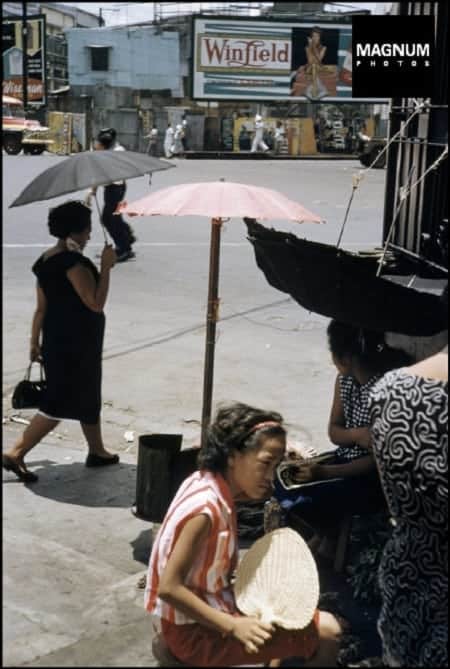
© Marc Riboud/Magnum Photos


















